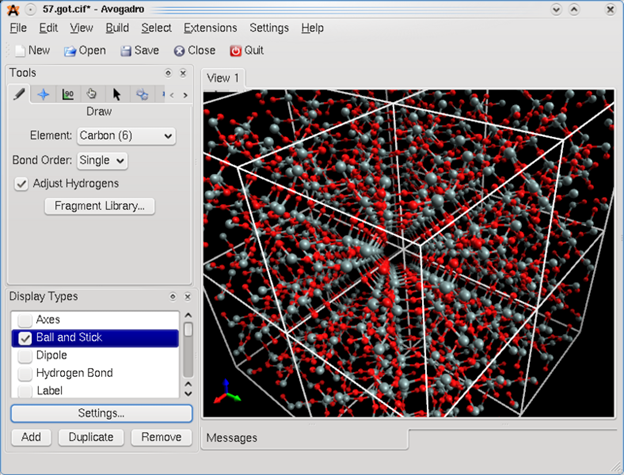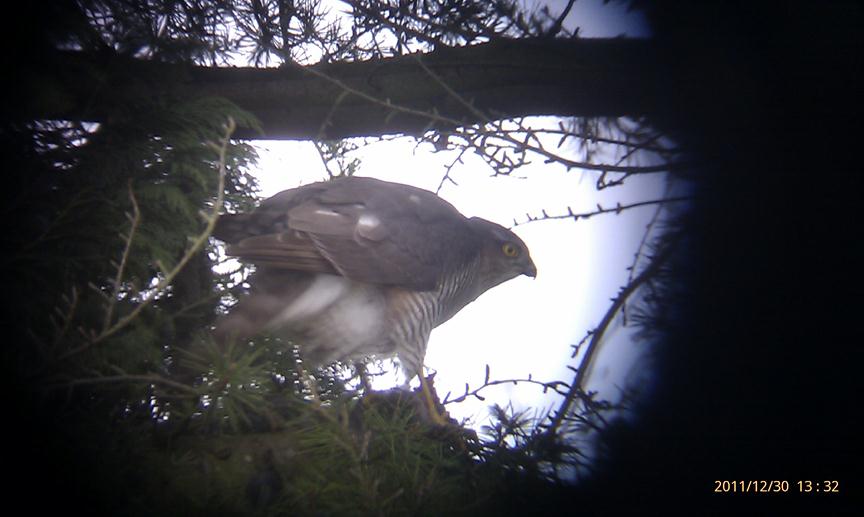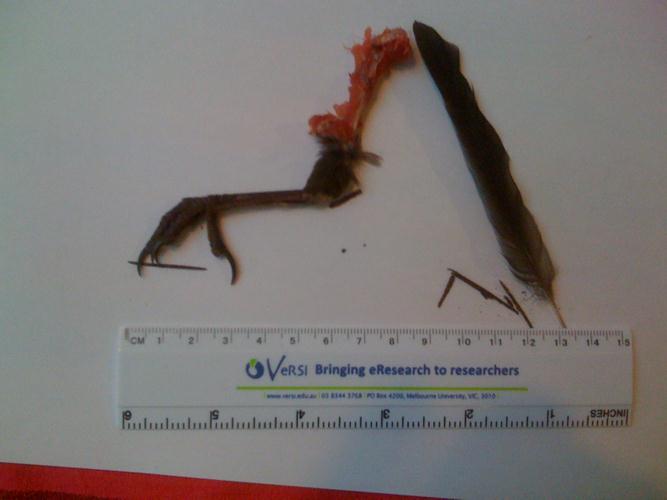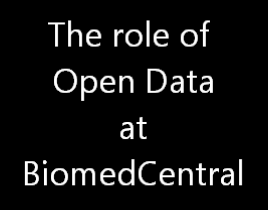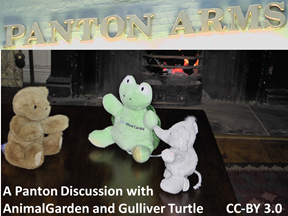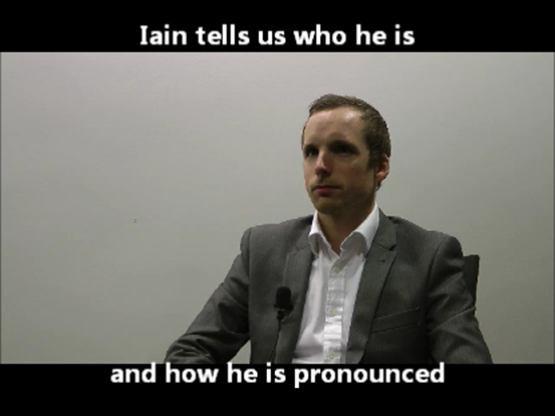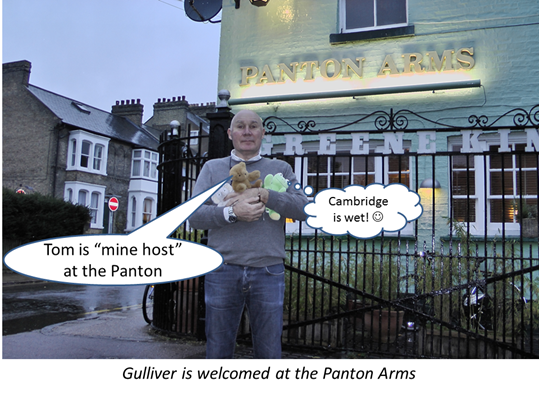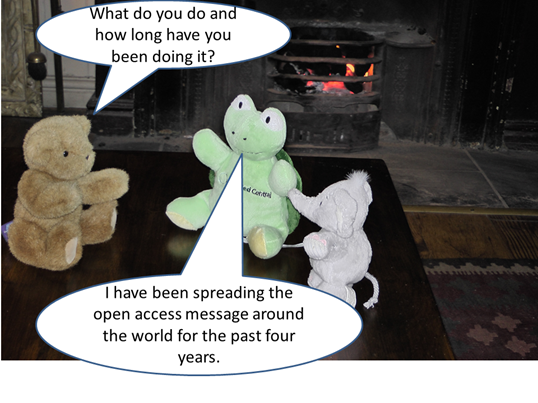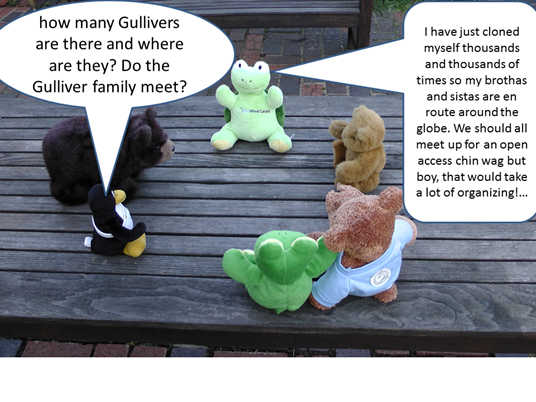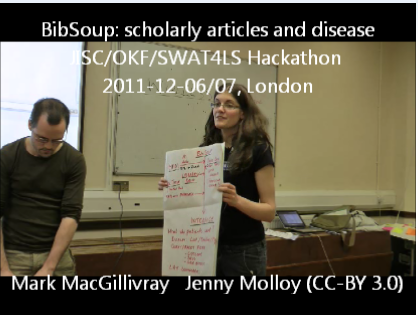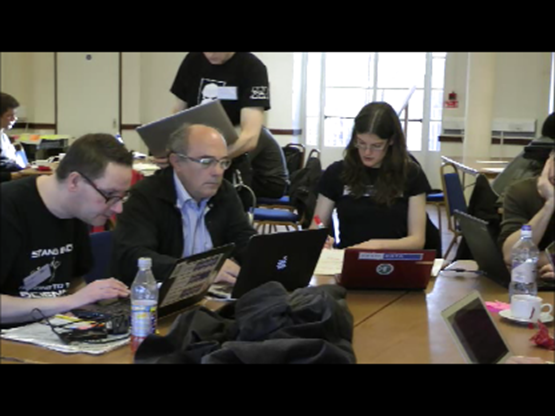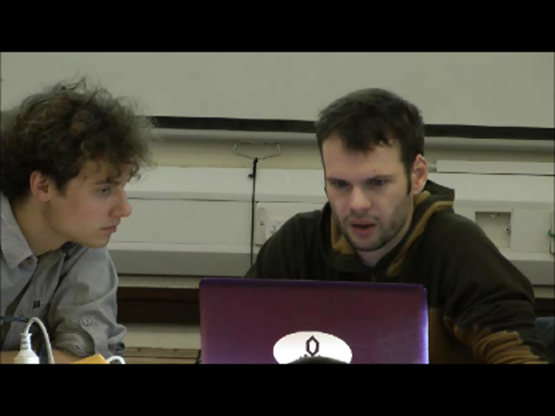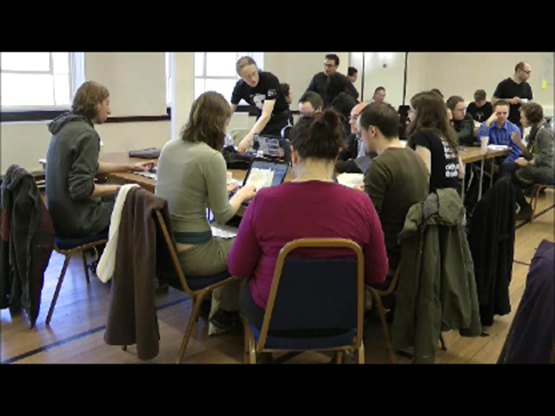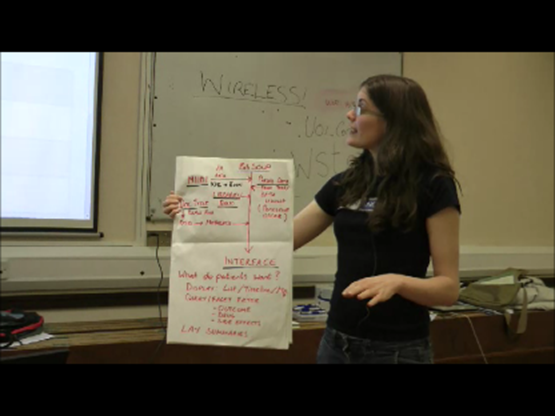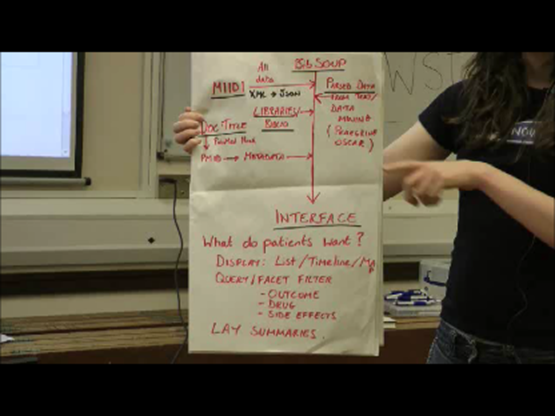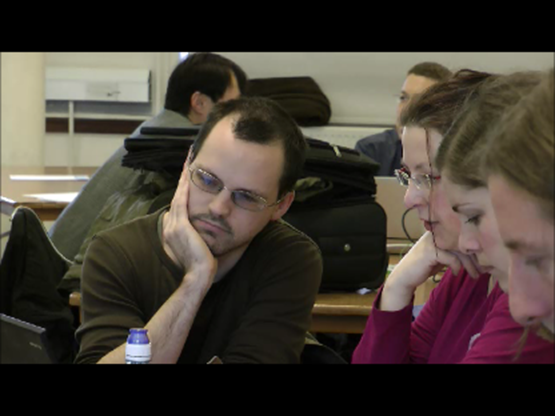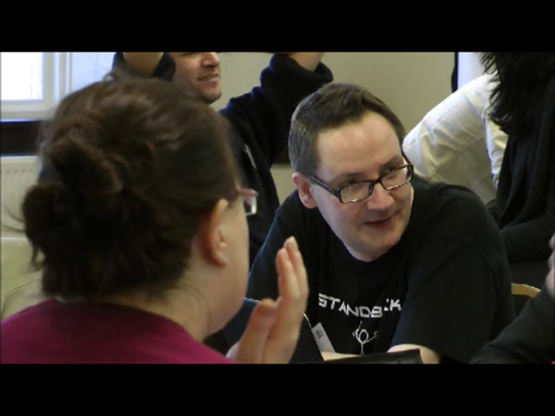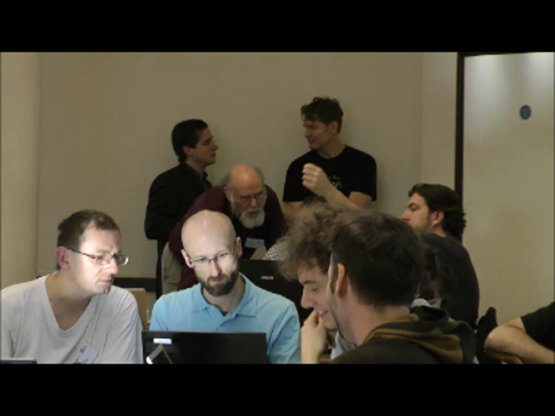I am going to have to reply to an article by Stevan Harnad (http://openaccess.eprints.org/index.php?/archives/862-guid.html ) where he argues inter alia that gratisOA (e.g. through Green, CC-restricted) rather than libreOA (e.g. through Gold, or CC-BY) should be adopted because:
“Note that many peer-reviewed journal article authors may not want to allow others to make and publish re-mixes of their verbatim texts”
“It is not at all it clear, however, that researchers want and need the right to make and publish re-mixes of other researchers’ verbatim texts.”
“Nor is it clear that all or most researchers want to allow others to make and publish re-mixes of their verbatim texts. “
“Hence Gratis OA clearly fulfils an important, universal and longstanding universal need of research and researchers.
This is a new, specious and highly damaging assertion that I have to challenge. If we restrict ourselves to STM publishing (where almost all of the funders’ efforts are concentrated) there is not a shred of evidence that any author wishes to restrict the re-use of their publications through licences. My analysis is:
- Most scientists don’t care about Open Access. (Unfortunate, but we have to change that)
- Of the ones that care, almost none care about licence details. If they are told it is “open Access” and fulfils the funders’ requirements then they will agree to anything. If the publisher has a page labelled “full Open Access – CC-NC – consistent with NIH funding” then they won’t think twice about what the licence is.
- Of the ones who care I have never met a case of a scientist – and I want to restrict the discussion to STM – who wishes to restrict the use of their material through licences. No author says “You can look at my graph, but I am going to sue you if you reproduce it” (although some publishers, such as Wiley did in the Shelley Batts affair, and presumably still do).
My larger point, however, is that the OA movement is disorganised and because of that is ineffective. The movement :
- Cannot agree on what “open access” means in practice
- Appears to be composed of factions which while they agree on some things disagree on enough others to make this a serious problem.
- Does not sufficiently alert its followers to serious issues
- Has no simple central resource for public analysis of the major issues.
- Is composed of isolated individuals and groups rather than acting on a concerted strategy
- Spends (directly or indirectly) large amounts of public money (certainly hundreds of millions of dollars in author-side fees) without changing the balance of the market
- Has no clear intermediate or end-goals
I accept that all movements have differences of opinion. This happened in the Open Source movement. Richard Stallman proposed a model of [UPDATED] Free Software with a strong political/moral basis. Software should be free and should be a tool of liberation, and hence the viral GPL (similar to CC-BY-SA). Others see software as a public good where optimum values is obtained by requiring libre publication but not restricting downstream works to this model (similar to CC-BY). These coexist fairly well in two families – copyleft and copyright. There are adherents of both – my own approach is copyright where anyone can use my software downstream for whatever purpose save only crediting the authors (and with ArtisticLicence requiring forks to use a different name).
The point relevant to Open Access is that this market / movement is regulated. They have formed The Open Source Initiative (OSI, http://www.opensource.org/) which
“is a non-profit corporation with global scope formed to educate about and advocate for the benefits of open source and to build bridges among different constituencies in the open source community.”
“One of our most important activities is as a standards body, maintaining the Open Source Definition for the good of the community. The Open Source Initiative Approved License trademark and program creates a nexus of trust around which developers, users, corporations and governments can organize open source cooperation.”
This is critical.
When I find an Open Source program, I know what I am getting. When I find an Open Access paper I haven’t a clue what I am getting. When I publish my code as Open Source I can’t make up the rules. I must have a licence and it must be approved by OSI (they have a long list of conformant licences and discuss why some other licences are non-conformant.
The Open Source movement decided early on that the Non-Commercial clause in licences was inappropriate / incorrect / unworkable and NO OSI licences allow such restrictions. This is one of the great achievements of OpenSource
And it’s policed. When I published some GPL-licenced CML-generating code I added the constraint “if you alter this code you cannot claim the result is CML”. I was contacted by the FSF and told this was incompatible with the GPL. So I changed it.
In short the OS community cares about what Open Source is, how it is defined, how it is labelled and whether the practice conforms to the requirements.
By contrast the OA community does not care about these things.
That’s a harsh thing to say, and there are many individuals and organizations who do care. But as a whole there is no coherent place where the OA movement expresses its concern and where concerns can be raised.
The problem can be expressed simply. “Open Access” was defined in the Budapest and other declarations. Budapest (see http://www.earlham.edu/~peters/fos/boaifaq.htm ) says:
“By ‘open access’ to this literature, we mean its free availability on the public internet, permitting any users to read, download, copy, distribute, print, search, or link to the full texts of these articles, crawl them for indexing, pass them as data to software, or use them for any other lawful purpose, without financial, legal, or technical barriers other than those inseparable from gaining access to the internet itself. The only constraint on reproduction and distribution, and the only role for copyright in this domain, should be to give authors control over the integrity of their work and the right to be properly acknowledged and cited.”
Everyone (including Stevan) would agree that this is now consistent with what is (belatedly) being labelled as OA-libre. Note that Stevan was a signatory to this definition of Open Access.
My immediate concern is that unless we organize the definition, labelling and practice of Open Access we are simply giving OA-opponents or OA-doubters carte blanche to do whatever they like without being brought to account. We are throwing away hundreds of millions of dollars in a wasteful fashion. We are exposing people to legal action because the terms are undefined.
In short “Open Access” is a legally meaningless term. And, whether you like it or not, the law matters. If you try to re-use non-libre material because it was labelled “Open Access” you could still end up in court.
As a UK taxpayer I fund scientists to do medical research (through the MRC). The MRC has decided (rightly) that the results of scientific research should be made Open. But they are not Open according to the BOAI declaration. Every paper costs taxpayers 3000 USD to publish and we do not get our money’s worth.
The fundamental problem is that this is an unregulated micro-monopoly market and no-one really cares. The BBC discuss today about how some bus operators had 70% of the market. That means they have an effective monopoly. They can run the services they want, not what we need. The only possible constraint is government regulation.
Scientific publishing is an unregulated pseudo-monopoly market where the publishers make the rules and make the prices. The bargaining (such as it is) comes from:
- Libraries (who are fragmented, and who care only about price, not rights)
- Funders (who are fragmented across disciplines and countries)
- Small scholarly organisations such as SPARC. (BTW I thought SPARC was advocating for OA-libre but I can’t see much sign)
- Individuals such as Stevan, Peter Suber, Alma Swan, with relatively little coordination and no bargaining power
These have been ineffectual in creating a coherent OA market. BMC and PLoS have been very useful in showing that OA is possible on several fronts – without them I think OA in STM would be effectively dead.
So the OA movement desperately needs coordination. Coordination of:
- Terminology
- labelling
- Dissemination of information and coordinated search
- Advocacy
- Enforcement
It also needs to coordinate on price-bargaining in a more effective way than libraries do at the moment. We (our governments, our charities, our universities) provide the money but they don’t coordinate how it’s spent or what value they get.
So my simple proposal is that we need an Open Access Institute/initiative similar to the OSI for Open Source. It would cost a small fraction of what we already pay in unregulated Open Access fees (who for example challenges the 5000 USD that Nature charges for a hybrid paper). It costs more to run a car than to publish one hybrid paper per year in Nature.
Stevan’s response will be: “let’s concentrate on getting all papers published as Green before we worry about anything else”. I don’t agree with this and I will explain more later. The OAI will have to accommodate such differences of opinion and label the approaches properly rather than allowing everyone to redefine Open Access as they think best or trying to get everyone under a common ultra-fuzzy label.
[UPDATE: I typed “Open Source” instead of “Free Software” by mistake and apologize to RMS for the slip.]
